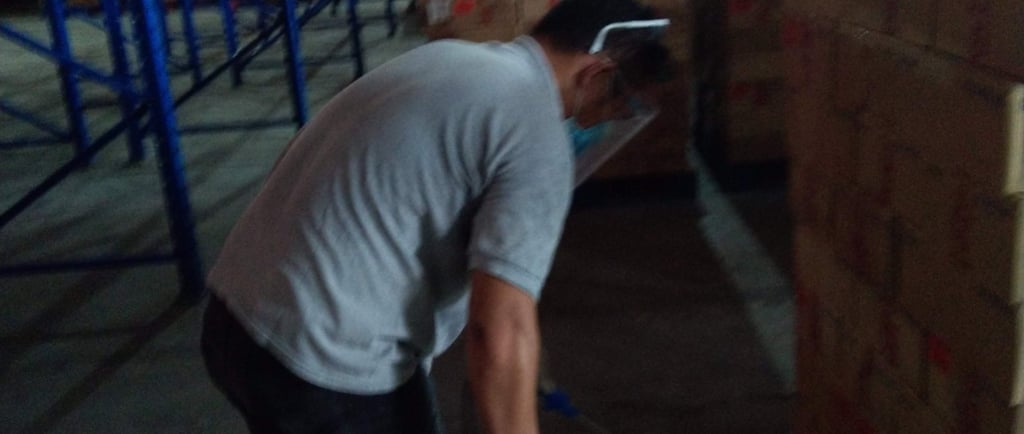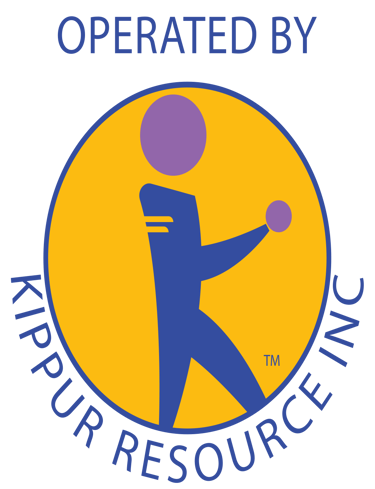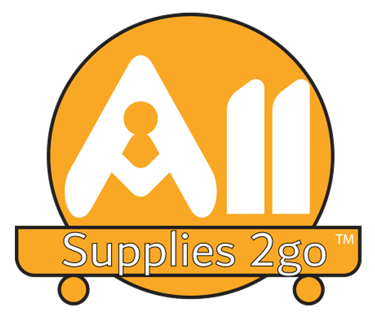How Often Should a Manufacturing or Warehouse Conduct Pest Treatment?
Manufacturing or Warehouse Pest Treatment
5 min read


Understanding the Importance of Pest Control in Manufacturing and Warehousing
In the manufacturing and warehousing sectors, the significance of pest control cannot be overstated. These facilities often house large quantities of inventory or raw materials, making them attractive targets for various pests ranging from rodents to insects. An infestation can result in severe consequences, including contamination of products, damage to structures, and significant compliance issues with health and safety regulations.
One of the primary risks posed by pests in these environments is the potential for product contamination. When pests gain access to goods, they can introduce harmful bacteria or pathogens that compromise product integrity and safety. For example, in food manufacturing, rodent droppings can lead to foodborne illnesses, jeopardizing consumer health and leading to costly recalls. Even non-food-related manufacturing facilities can suffer from pests, as contamination can lead to product defects and diminished quality.
In addition to contamination risks, pests can cause considerable structural damage. Rodents are known to chew through wiring, insulation, and wooden supports, potentially leading to costly repairs and maintenance. Additionally, certain insects can weaken structural components if left unchecked, further escalating the financial impact on the facility. Therefore, implementing an effective pest management strategy is essential to protect both the products and the structure of the manufacturing or warehousing facility.
From a regulatory perspective, neglecting pest control can lead to violations of health and safety standards. Manufacturing and warehouse facilities are subject to rigorous inspections, and pest infestations can result in fines, shutdowns, or loss of accreditation. To avoid these repercussions, proactive pest management should be prioritized, encompassing regular inspections and tailored treatments to ensure long-term success in pest prevention.
Ultimately, the financial implications of insufficient pest control extend beyond immediate repair costs. The damage to reputation, potential fines, and loss of product can significantly inflate overall expenditures. Therefore, understanding the integral nature of pest management in manufacturing and warehousing environments is vital for sustainable operations.
Factors Influencing Pest Treatment Frequency
The frequency of pest treatment in manufacturing and warehouse environments is not a one-size-fits-all approach. Several multifaceted factors come into play that dictate how often these treatments should be conducted. Understanding these factors is crucial for maintaining a pest-free environment and ensuring the safety of products.
First and foremost, the type of products stored or manufactured within the facility significantly impacts pest activity. Certain commodities, especially food items, are highly susceptible to pest infestations. For instance, warehouses handling grains or perishables may require more frequent pest control measures compared to those storing non-perishable items. Additionally, manufacturing environments that use organic materials or have more significant exposure to the outdoors often necessitate a proactive pest management strategy.
The geographical location of the facility also plays a critical role in determining pest treatment frequency. Areas with warmer climates, for example, tend to have higher insect populations and can experience year-round pest activity. In contrast, facilities located in colder regions may only require treatments during specific seasons. Awareness of local pest species and their behavior can inform a tailored pest management plan that adjusts treatment schedules based on seasonal patterns.
Recent pest sightings or infestations can serve as an immediate catalyst for increasing treatment frequency. Facilities that have experienced a recent infestation must prioritize pest management to prevent recurrence. Similarly, regular inspections and monitoring are essential components of an effective pest management program. Early detection of pest activity enables timely interventions, which can significantly reduce treatment costs and minimize product damage.
Incorporating these factors into a comprehensive pest management strategy ensures that manufacturing and warehouse operations remain efficient, safe, and compliant with industry standards. Regular assessments are critical to adapting treatment frequency and maintaining a proactive stance against potential infestations.
Best Practices for Pest Treatment Scheduling
Effective pest management is a critical consideration for manufacturing and warehouse facilities, where the presence of pests can jeopardize product integrity and operational efficiency. To counteract potential infestations, developing a comprehensive pest management plan that aligns with daily activities is essential. Establishing a treatment schedule should reflect the unique operational requirements of the facility, considering factors such as production cycles, shipment schedules, and peak activity periods.
Regular pest inspections form the cornerstone of an effective pest treatment schedule. By conducting these inspections periodically, management can identify vulnerabilities, evaluate pest populations, and assess the effectiveness of existing control measures. This proactive approach not only aids in recognizing pest problems before they escalate but also helps in fine-tuning the pest control strategies, ensuring that they are relevant to the current conditions within the manufacturing or warehousing environment.
It is also vital to consider seasonal trends when scheduling pest treatments. Different pests are active during various seasons, and understanding these patterns can aid facilities in anticipating pest pressures. For instance, warmer months may bring an influx of ants and flies, while colder months might see rodents seeking shelter indoors. Adjusting the treatment schedule to align with these seasonal variations will enhance the efficacy of the pest management plan.
Additionally, collaborating with professional pest control services can provide valuable insights when developing an effective treatment schedule. These experts possess the necessary experience to address the specific needs of manufacturing and warehouse facilities. Their knowledge can lead to tailored solutions, ensuring that pest treatments are not only timely but also minimally disruptive to operational processes. By prioritizing a strategic approach to pest management, facilities can significantly reduce the risks associated with pest infestations.
Assessing the Effectiveness of Pest Management Strategies
Evaluating the effectiveness of pest management strategies in manufacturing and warehousing environments is crucial for ensuring a safe and productive space. Regular assessments are necessary to determine whether current treatment frequencies are sufficient and whether they meet the specific needs of the facility. A systematic approach begins with tracking pest sightings, which should be meticulously recorded in logs. These logs provide valuable data that assists in identifying patterns, such as the types of pests, their locations, and the times of year when infestations occur. By analyzing this data, facilities can better understand whether their existing pest management strategies are working or if adjustments are required.
Another important aspect of assessing pest management effectiveness is the analysis of treatment results. After implementing a pest treatment, managers should evaluate the outcomes to understand its impact on pest populations. This might involve comparing pest sighting logs before and after treatment, as well as conducting inspections to confirm the absence of pests. The frequency of these evaluations can be tailored to the severity of pest issues; more frequent assessments may be necessary in high-risk environments, while less frequent evaluations could be adequate elsewhere.
In addition to data collection and analysis, using various assessment tools can facilitate a more thorough evaluation of pest management practices. Techniques such as visual inspections, bait station monitoring, and trap evaluations are just a few methods to objectively assess pest pressure. Moreover, training and awareness of staff play a significant role in successful pest control. A well-informed team can identify early signs of infestations, report them promptly, and adhere to sanitation protocols. Consequently, fostering a culture of vigilance dramatically enhances the overall effectiveness of pest management strategies within manufacturing and warehouse settings.



